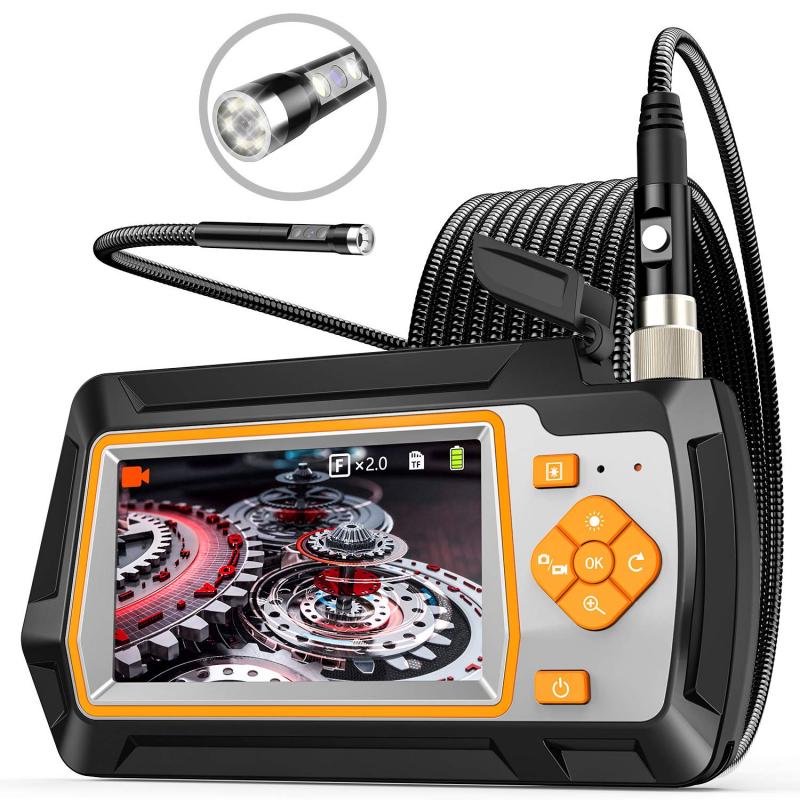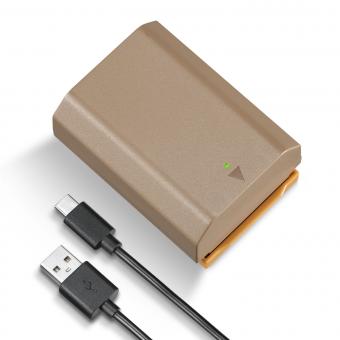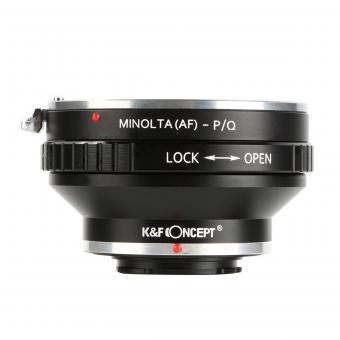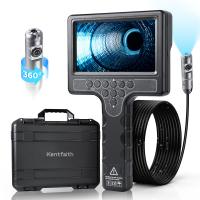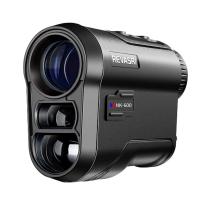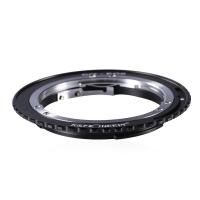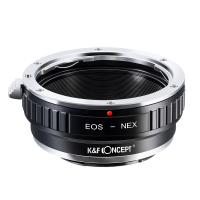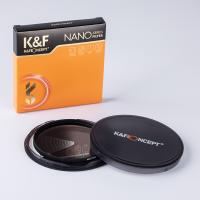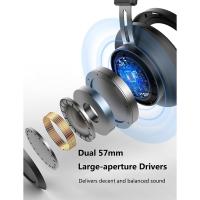What Is Endoscopic Ultrasound Procedure ?
Endoscopic ultrasound (EUS) is a medical procedure that combines endoscopy and ultrasound to obtain images and information about the digestive tract and surrounding tissues and organs. During the procedure, a thin, flexible tube with an ultrasound probe at the end is inserted through the mouth or rectum and into the digestive tract. The ultrasound probe emits sound waves that bounce off the surrounding tissues and organs, creating detailed images that can be viewed on a monitor.
EUS can be used to diagnose and stage cancers of the digestive tract, as well as to evaluate other conditions such as pancreatitis, gallbladder disease, and gastrointestinal bleeding. It can also be used to guide the placement of needles for biopsies or to drain fluid collections. EUS is generally considered a safe and well-tolerated procedure, although there is a small risk of complications such as bleeding or infection.
1、 Endoscopic ultrasound (EUS) definition
Endoscopic ultrasound (EUS) procedure is a minimally invasive diagnostic and therapeutic technique that combines endoscopy and ultrasound imaging. It involves the insertion of a flexible endoscope with an ultrasound probe attached to its tip into the gastrointestinal tract to obtain high-resolution images of the surrounding organs and tissues. EUS can be used to evaluate a wide range of gastrointestinal conditions, including pancreatic and biliary diseases, gastrointestinal cancers, and submucosal lesions.
During the procedure, the patient is usually sedated, and the endoscope is passed through the mouth or anus into the esophagus, stomach, or duodenum. The ultrasound probe emits high-frequency sound waves that bounce off the surrounding tissues and organs, creating detailed images that can be viewed in real-time on a monitor. EUS can also be used to obtain tissue samples for biopsy or cytology, as well as to guide the placement of therapeutic devices, such as stents or drainage tubes.
Recent advances in EUS technology have led to the development of new techniques, such as contrast-enhanced EUS and elastography, which can provide additional information about the nature and characteristics of lesions. EUS-guided fine-needle aspiration (FNA) has also become an important tool in the diagnosis and staging of gastrointestinal cancers, allowing for the collection of tissue samples from hard-to-reach areas.
Overall, EUS is a safe and effective procedure that can provide valuable diagnostic and therapeutic information for a wide range of gastrointestinal conditions.

2、 EUS equipment and technique
Endoscopic ultrasound (EUS) is a minimally invasive diagnostic procedure that combines endoscopy and ultrasound imaging to visualize and evaluate the digestive tract and adjacent organs. EUS equipment consists of a flexible endoscope with an ultrasound transducer at its tip, which allows for high-resolution imaging of the gastrointestinal (GI) tract and surrounding structures.
During the procedure, the patient is sedated and the endoscope is inserted through the mouth or anus and advanced to the area of interest. The ultrasound transducer emits high-frequency sound waves that bounce off the organs and tissues, creating detailed images that can be viewed in real-time on a monitor. EUS can be used to diagnose and stage GI cancers, evaluate pancreatic and biliary diseases, and guide fine needle aspiration (FNA) biopsies of suspicious lesions.
Recent advances in EUS technology have improved the accuracy and safety of the procedure. For example, the development of high-frequency ultrasound probes has allowed for better visualization of small lesions and improved detection of early-stage cancers. Additionally, the use of contrast agents during EUS can enhance the visualization of blood vessels and improve the accuracy of tumor staging.
In conclusion, EUS is a valuable diagnostic tool that allows for detailed imaging and evaluation of the GI tract and adjacent organs. With ongoing advancements in technology and technique, EUS is likely to continue to play an important role in the diagnosis and management of GI diseases.

3、 EUS indications and contraindications
What is endoscopic ultrasound procedure?
Endoscopic ultrasound (EUS) is a minimally invasive diagnostic procedure that combines endoscopy and ultrasound to produce detailed images of the digestive tract and surrounding organs. During the procedure, a thin, flexible tube with an ultrasound probe at the end is inserted through the mouth or rectum and into the digestive tract. The ultrasound probe emits high-frequency sound waves that bounce off the organs and tissues, creating detailed images that can be viewed on a monitor.
EUS is commonly used to diagnose and stage gastrointestinal cancers, such as pancreatic, esophageal, and rectal cancers. It can also be used to evaluate other digestive disorders, such as gallbladder disease, liver disease, and inflammatory bowel disease.
EUS indications and contraindications:
Indications for EUS include:
1. Diagnosis and staging of gastrointestinal cancers
2. Evaluation of pancreatic cysts and tumors
3. Evaluation of bile duct and gallbladder diseases
4. Evaluation of liver diseases
5. Evaluation of lymph nodes and other soft tissue masses
6. Evaluation of rectal and anal diseases
Contraindications for EUS include:
1. Severe bleeding disorders
2. Severe respiratory or cardiac disease
3. Inability to tolerate sedation or anesthesia
4. Recent heart attack or stroke
5. Pregnancy
The latest point of view on EUS is that it is a safe and effective diagnostic tool for a wide range of gastrointestinal disorders. Recent advances in technology have improved the accuracy and precision of EUS, making it an increasingly valuable tool for diagnosing and staging gastrointestinal cancers. However, as with any medical procedure, there are risks associated with EUS, including bleeding, infection, and perforation of the digestive tract. Patients should discuss the risks and benefits of EUS with their healthcare provider before undergoing the procedure.
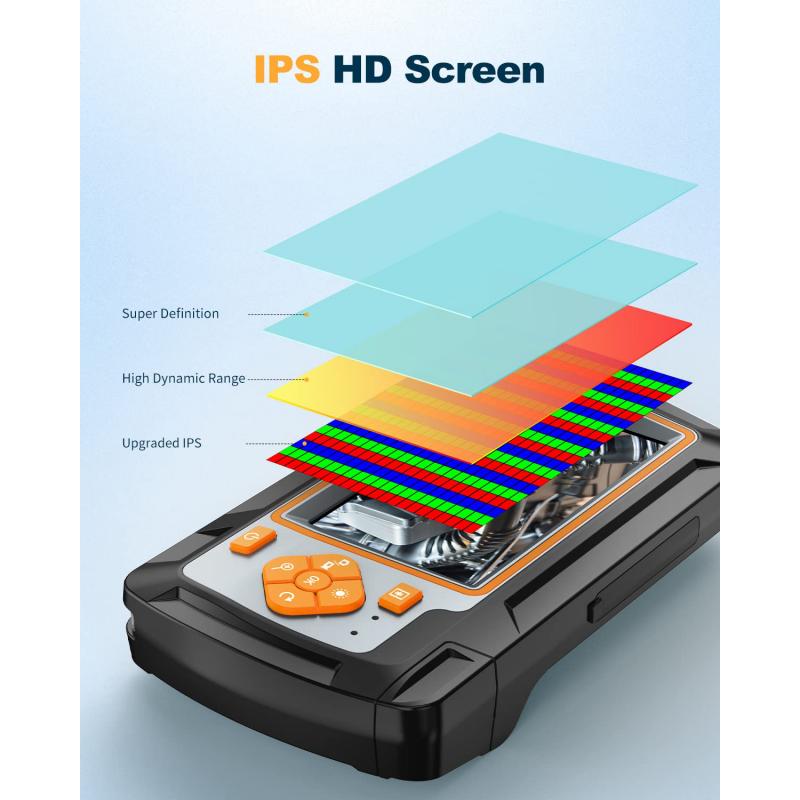
4、 EUS complications and risks
What is endoscopic ultrasound procedure?
Endoscopic ultrasound (EUS) is a minimally invasive diagnostic procedure that combines endoscopy and ultrasound to produce detailed images of the digestive tract and surrounding organs. During the procedure, a thin, flexible tube with a small ultrasound probe is inserted through the mouth or rectum to capture images of the digestive tract and surrounding organs. EUS can be used to diagnose a variety of conditions, including pancreatic cancer, gastrointestinal tumors, and gallbladder disease.
EUS Complications and Risks:
Like any medical procedure, EUS carries some risks and potential complications. The most common complications of EUS include bleeding, infection, and perforation of the digestive tract. Other potential risks include adverse reactions to sedation, pancreatitis, and aspiration pneumonia.
However, the overall risk of complications from EUS is relatively low, and most patients experience only mild discomfort or no discomfort at all during the procedure. In fact, EUS is considered a safe and effective diagnostic tool for many gastrointestinal conditions.
The latest point of view on EUS complications and risks is that the procedure is generally safe and well-tolerated, but it should only be performed by experienced and trained medical professionals. Patients should also be carefully screened before undergoing EUS to ensure that they are good candidates for the procedure and that any potential risks are minimized. Overall, EUS is a valuable diagnostic tool that can provide important information about a variety of gastrointestinal conditions, and the risks associated with the procedure are generally low.
